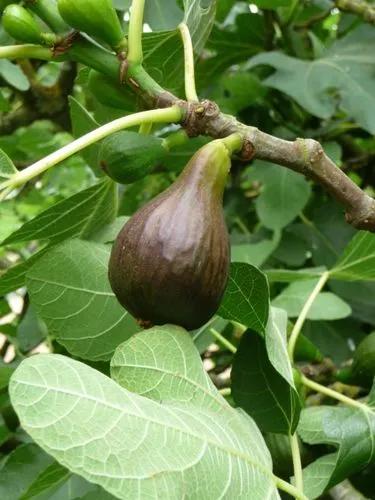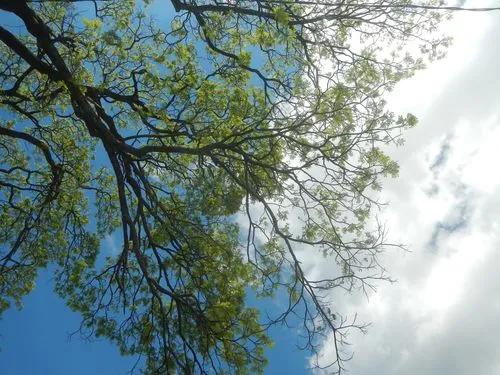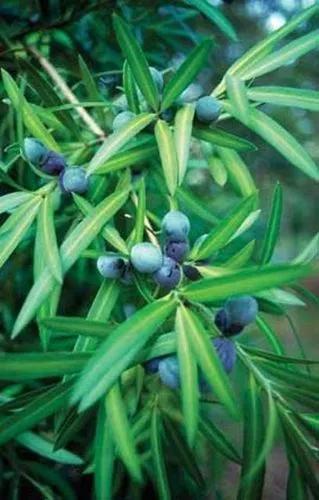Rhizophora apiculata is a species of plant in the Rhizophoraceae family. It is found in Australia (Queensland and the Northern Territory), Guam, India, Indonesia, Malaysia, Micronesia, New Caledonia, Papua New Guinea, the Philippines, Singapore, the Solomon Islands, Sri Lanka, Taiwan, the Maldives, Thailand, Vanuatu, and Vietnam.
Blume Mangrove Care
Rhizophora Apiculata



Growth Form- Medium to large-sized erect mangrove tree growing up or over 30 m. Crown-Conical crownTrunk-Can reach up to 50 cm in diameter, bark is dark grey. Roots - Conspicuous, arching stilt roots extending up to 5 m up the stem, and sometimes has aerial roots from the branches. Foliage- Dark green, smooth and leathery leaves are ellipitic with entire leaf margin and reddish leaf stalks, measuring 7 - 19 by 3.5 - 8 cm. Long, red stipules emerge from the leaf bases. Flowers - Flowers are composed of cream-coloured, linear petals arranged in a cross-shaped pattern. Prominent, yellow sepals are fleshy and wider than the petals. They occur in pairs and are held on dark grey stalks. Flower buds are broadly elliptic and finely fissured.Fruits-Brown, pear-shaped fruit hang with the smaller end pointed down. A long, cylindrical seedling emerges from the smaller end, while the fruit is still attached to the parent plant. This condition is known as viviparity. Habitat-Occurs on deep, soft and muddy soils that are flooded by normal high tides, sometimes tidal waterways with strong, permanent freshwater input is preferred. Cultivation-The seedling, known as a propagule, is planted by placing it vertically in soil. Ethnobotanical Uses-Timber & Products ( Wood used for foundation piles, beams, outriggers of canoes, furniture, firewood and making of charcoal.)Agriculture - Forestry ( Sometimes planted along fish ponds to protect dikes and bunds. ) [Others]: This species' extensive set of prop roots help to disperse the destructive energy carried by strong tidal waves, helping to protect the shoreline and surrounding areas.
Discover more plants with the list below
Popular articles






